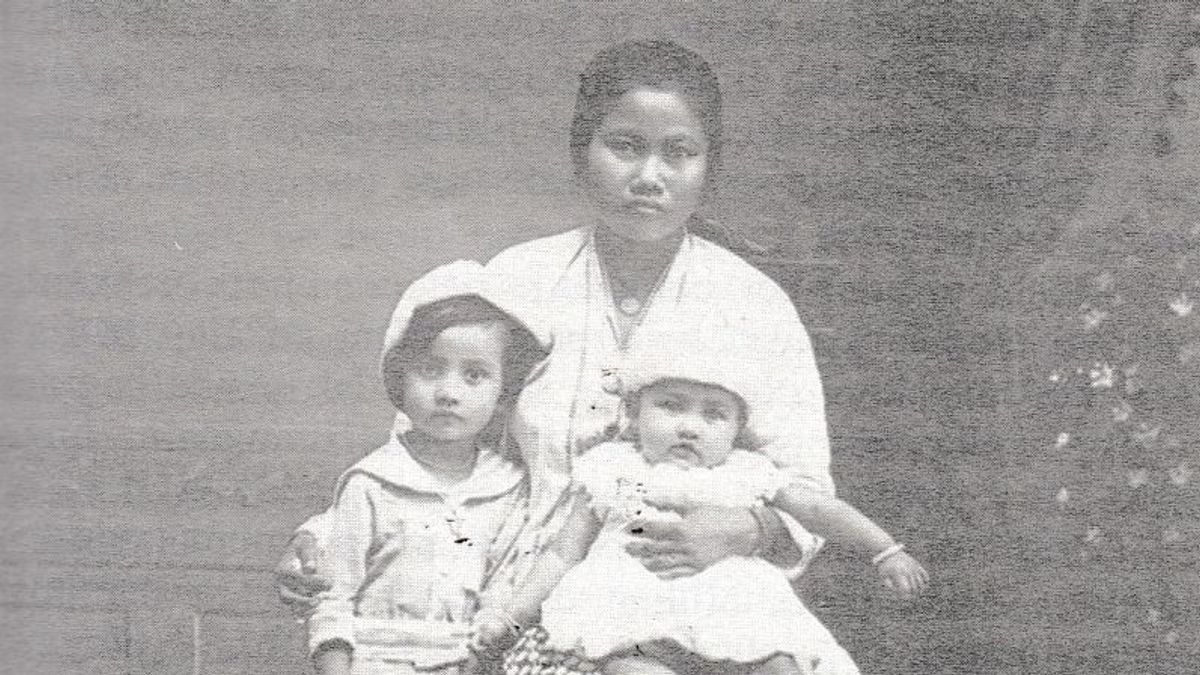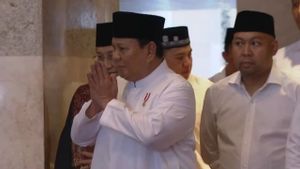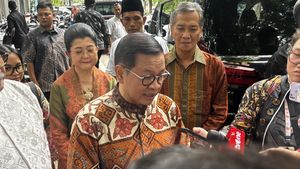JAKARTA - The word "mistress" is a topic of conversation on Twitter. The conversation emerged following a thread made by a Twitter account about an alleged affair involving a number of Garuda Indonesia officials.
Referring to the Big Indonesian Dictionary (KBBI), the term concubine has two meanings. The first is the illegal wife or concubine. Second, mistresses are also connoted to the term domestic female.
History interprets the mistress with the same definition. Historia community founder Asep Kambali said the term concubine appeared in the colonial era around the 1800s. In its appearance, the term concubine was used to describe women who were married without being married.
"I am not sure where this term comes from, but it seems that this term is from Javanese or Sanskrit. Now, the term mistress is a siri's wife. He can help with daily affairs, from the kitchen to the mattress. But he can just be left just like that, according to the wishes of the master, "said Asep, as reported by Kumparan, Tuesday, December 10.
Although it is similar in definition, the fate of mistresses today is much different from that of concubines in colonial times. Today, the term concubine refers to the mistress of wealthy men. Mistresses usually live a glamorous lifestyle and are surrounded by the luxury goods of her male intake.
In the Dutch era
During the colonial period, mistresses were not only used as savings. They were also used as servants for the ancient Dutch people. The De Waarheid newspaper archive of the October 30, 1986 edition tells of the practice of concubines as a culture inherited from the time of the VOC rule and continuing into the period of the Dutch East Indies.
Historian Reggie Baay said that at that time the Dutch men kept their mistresses to carry out their biological needs. This condition is driven by the existence of those who are far from their wives who live in Dam Country.
Not only to fulfill their sexual desires, Dutch men also used their mistresses to take care of the house with all their duties, from sweeping, mopping, to cooking. Being a concubine back then was no guarantee of the pleasures and luxuries we are today.

History also records the number of mistresses who were subjected to violence and torture. As told by Van den Brand, a member of Raad van Justice, for example. He testified witnessing the terrible things that happened to a mistress when he visited a plantation in Deli, North Sumatra.
Van den Brand said he saw a Dutch man rubbing Spanish chilies which are known to be super spicy on his genitals. "For me this was too much, and I went on my way," he said.
"According to what I heard, the girl had to endure this condition from six in the morning to six in the afternoon," added Brand in his report, De Milioenen van Deli, as quoted by Historia.
Tineke Hellwig, through her book, The Image of Women in the Dutch East Indies (2007), explains that concubines do not have any rights. Including the right to children if sexual activity with Dutch men results in. However, on the other hand, mistresses also helped Dutch men learn about the local language and culture.
The English, Chinese, Japanese, Arabic, and French versions are automatically generated by the AI. So there may still be inaccuracies in translating, please always see Indonesian as our main language. (system supported by DigitalSiber.id)













